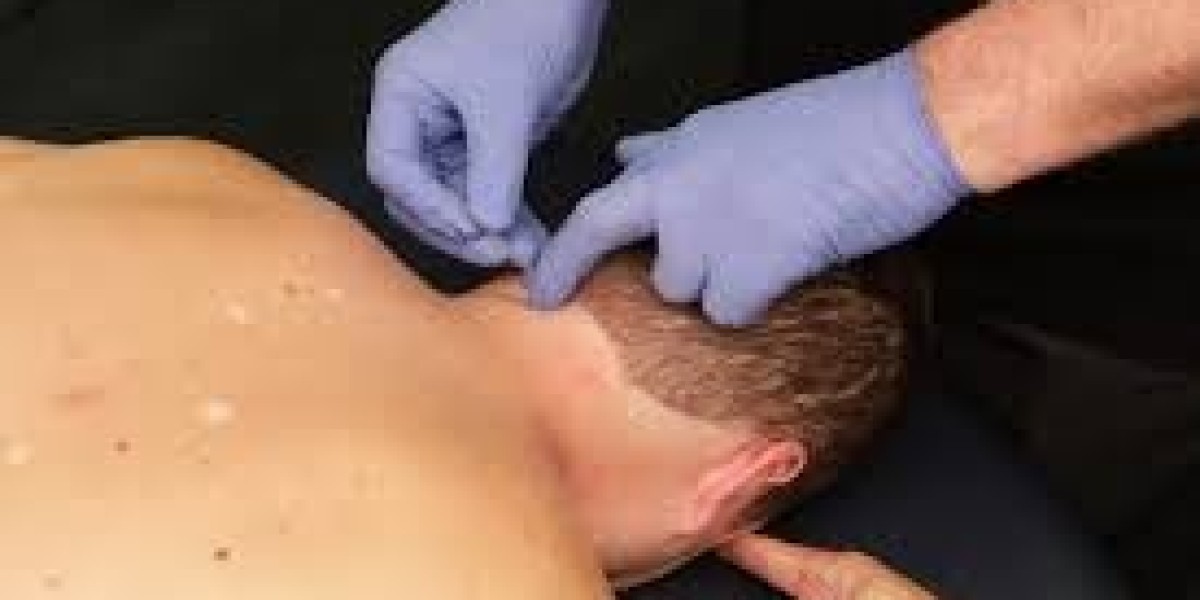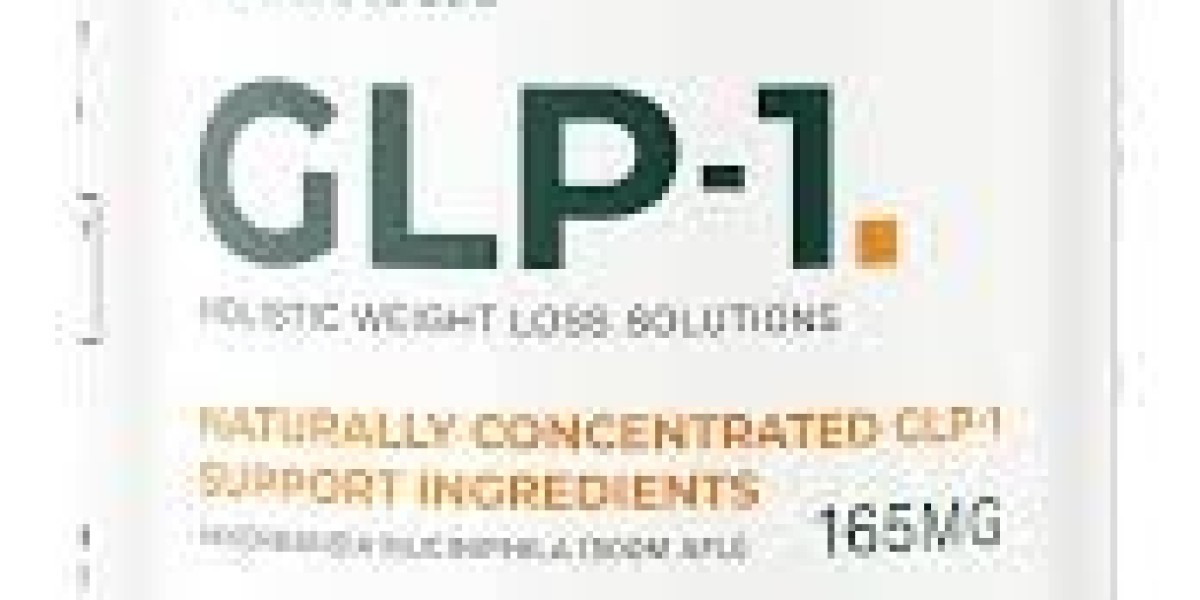Dry needling has become one of the most effective modern physiotherapy techniques for relieving muscle pain, improving mobility, and promoting faster recovery. At Reactive Physio, we have seen firsthand how this simple yet precise method can make a significant difference for patients struggling with muscle tension, sports injuries, and chronic pain. This ultimate guide will help you understand everything about dry needling, from how it works to its benefits, safety, and real-world applications for instant muscle recovery.
What Is Dry Needling?
Dry needling is a therapeutic technique where a trained physiotherapist inserts fine, sterile needles directly into muscle trigger points. These trigger points are tight knots or bands within muscles that cause pain, stiffness, and reduced mobility. The goal is to release muscle tension, improve blood flow, and stimulate the body’s natural healing process. Unlike acupuncture, which is based on traditional Chinese medicine, dry needling is rooted in modern anatomy and neuroscience. It specifically targets muscle dysfunction to restore normal movement and function.
How Does Dry Needling Work for Muscle Recovery?
When a fine needle is inserted into a tight muscle, it creates a local twitch response. This response signals the muscle to relax, reduces tension, and increases circulation. Improved blood flow brings oxygen and nutrients to the affected area, helping the tissue heal faster. The process also triggers endorphin release, the body’s natural painkillers, which instantly reduces discomfort. This is why many athletes and active individuals notice a dramatic improvement in mobility and pain relief immediately after treatment.
Benefits of Dry Needling for Instant Muscle Recovery
1. Rapid Pain Relief
One of the key reasons people choose dry needling is its ability to provide almost immediate relief from muscle pain. By targeting the exact source of tension, the technique helps reduce soreness without relying on medication.
2. Improved Muscle Flexibility
Tight muscles restrict movement and can cause imbalances in the body. Dry needling releases these restrictions, allowing for better flexibility and range of motion.
3. Faster Injury Healing
By stimulating blood flow and reducing inflammation, dry needling speeds up tissue repair. This makes it a preferred choice for athletes who need to recover quickly for training or competition.
4. Reduced Muscle Knots
Persistent muscle knots can be stubborn and hard to treat. Dry needling breaks down these knots at a deep tissue level, something that stretching or massage alone may not achieve.
5. Better Nerve Function
Sometimes nerve irritation contributes to muscle pain. Dry needling helps calm irritated nerves, reducing symptoms such as tingling or numbness.
Common Conditions Treated with Dry Needling
At Reactive Physio, we use dry needling to treat a wide range of conditions. Some of the most common include:
Sports injuries like hamstring strains, calf tightness, or shoulder pain
Lower back pain and sciatica
Neck pain and tension headaches
Tennis elbow and golfer’s elbow
Plantar fasciitis and foot pain
Fibromyalgia-related muscle tightness
Post-surgery muscle stiffness
Dry needling is not just for athletes; it benefits anyone dealing with chronic muscle tension or pain.
The Dry Needling Process – What to Expect
Understanding the process can help ease any concerns before starting treatment. Here’s what happens during a dry needling session at Reactive Physio:
Initial Assessment – Your physiotherapist will discuss your symptoms, medical history, and movement limitations to identify problem areas.
Trigger Point Identification – Using palpation and clinical testing, the therapist pinpoints the tight muscle fibers causing discomfort.
Needle Insertion – Fine, sterile needles are inserted into the trigger points. You might feel a quick twitch or slight cramp, which is a positive sign of muscle release.
Muscle Response – The treated muscle often relaxes immediately, reducing pain and improving movement.
Post-Treatment Advice – You may experience mild soreness for 24–48 hours, which is normal. Stretching, hydration, and gentle movement help speed recovery.
Is Dry Needling Safe?
Dry needling is considered safe when performed by a qualified and experienced physiotherapist. At Reactive Physio, our team is fully trained in the latest dry needling techniques and follows strict hygiene protocols. The most common side effects are temporary soreness, minor bruising, or slight fatigue. Serious complications are extremely rare, especially when performed by skilled professionals.
Dry Needling vs. Acupuncture – Understanding the Difference
Many people confuse dry needling with acupuncture, but they are different techniques.
Dry Needling – Based on modern anatomy and medical research, targets muscle trigger points to improve function and relieve pain.
Acupuncture – Rooted in traditional Chinese medicine, focuses on balancing energy flow (Qi) along meridians to promote overall health.
While both use fine needles, their goals and application methods differ. Dry needling is specifically designed for musculoskeletal issues and muscle recovery.
Why Athletes Rely on Dry Needling
Professional athletes often need quick recovery methods to maintain peak performance. Dry needling offers several advantages:
It helps release tight muscles after intense training.
It reduces soreness and stiffness before competition.
It supports faster recovery from sports-related injuries.
It complements other therapies like physiotherapy, massage, and strength training.
Many elite sports teams and physiotherapists worldwide include dry needling as part of an athlete’s regular recovery plan.
Combining Dry Needling with Other Physiotherapy Treatments
While dry needling can provide instant results, it works even better when combined with other physiotherapy techniques. At Reactive Physio, we often integrate:
Manual Therapy – To mobilize joints and further improve range of motion.
Therapeutic Exercise – To strengthen muscles and prevent future injuries.
Stretching Programs – To maintain flexibility and reduce tension build-up.
Electrotherapy – To reduce inflammation and promote healing.
A combined approach ensures both short-term relief and long-term recovery.
How Many Sessions Do You Need?
The number of dry needling sessions depends on the severity of the condition and your overall health. Some people feel significant relief after just one session, while others may need a series of treatments for lasting results. Your physiotherapist will design a personalized plan based on your needs and goals.
Myths About Dry Needling
Myth 1 – It’s Painful
Most patients describe the sensation as mild discomfort rather than pain. The twitch response may feel unusual, but it’s a positive sign that the treatment is working.
Myth 2 – It’s the Same as Acupuncture
As discussed earlier, the two techniques are different in purpose and application.
Myth 3 – It’s Only for Athletes
While athletes benefit greatly from dry needling, it is equally effective for office workers, manual laborers, and anyone with muscle tension.
Preparing for a Dry Needling Session
To get the best results, follow these tips before your appointment:
Wear comfortable, loose clothing to allow easy access to treatment areas.
Stay hydrated to support muscle function.
Avoid intense exercise right before the session.
Eat a light meal to keep your energy levels stable.
Post-Treatment Care
After your session, mild soreness is normal and usually fades within a day or two. To enhance recovery:
Drink plenty of water.
Perform gentle stretching of the treated muscles.
Apply heat if you feel stiffness, or ice if you experience mild swelling.
Avoid strenuous activity for 24 hours unless advised otherwise by your physiotherapist.
Why Choose Reactive Physio for Dry Needling
At Reactive Physio, we combine clinical expertise with a patient-focused approach. Our physiotherapists have advanced training in dry needling and other evidence-based recovery techniques. We tailor every treatment plan to suit your specific needs, ensuring you achieve the fastest and safest recovery possible. Our goal is to help you move better, feel stronger, and get back to doing the activities you love without pain.
Final Thoughts
Dry needling is a powerful tool for instant muscle recovery, whether you’re an athlete pushing your limits, an office worker dealing with posture-related pain, or someone recovering from an injury. By targeting the root cause of muscle tension, it offers rapid relief, improved movement, and faster healing. At Reactive Physio, we have helped countless patients experience the benefits of dry needling and return to their daily activities with renewed energy. If you’re ready to recover faster and move without pain, consider booking a session with our expert team.








